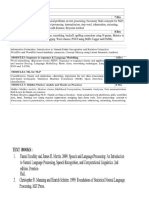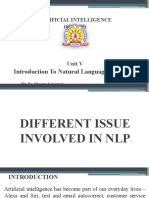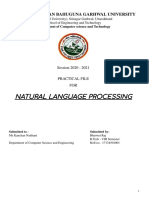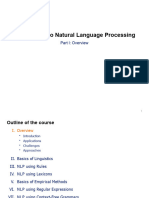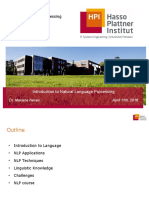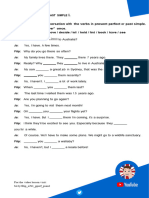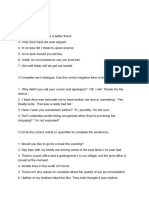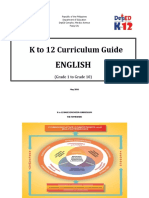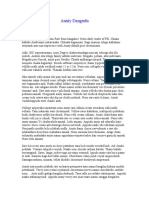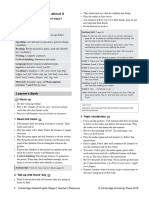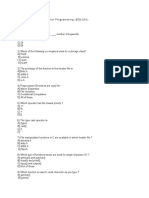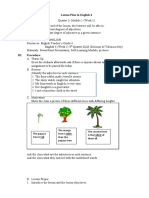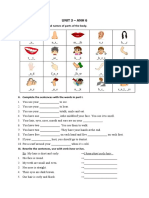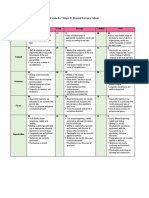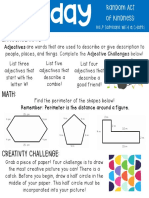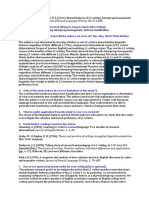0% found this document useful (0 votes)
7 views91 pagesLecture 2 - NLP-I
The document provides an overview of Natural Language Processing (NLP), defining it as the interaction between computers and human language, and highlighting its applications such as information extraction and translation. It discusses the challenges of NLP, including ambiguity, word segmentation, and the complexity of grammar, as well as foundational concepts like tokenization and morphology. Additionally, it touches on the historical context of NLP, referencing early systems like Eliza and theories such as Chomsky's Universal Grammar.
Uploaded by
8yashpandey8Copyright
© © All Rights Reserved
We take content rights seriously. If you suspect this is your content, claim it here.
Available Formats
Download as PDF, TXT or read online on Scribd
0% found this document useful (0 votes)
7 views91 pagesLecture 2 - NLP-I
The document provides an overview of Natural Language Processing (NLP), defining it as the interaction between computers and human language, and highlighting its applications such as information extraction and translation. It discusses the challenges of NLP, including ambiguity, word segmentation, and the complexity of grammar, as well as foundational concepts like tokenization and morphology. Additionally, it touches on the historical context of NLP, referencing early systems like Eliza and theories such as Chomsky's Universal Grammar.
Uploaded by
8yashpandey8Copyright
© © All Rights Reserved
We take content rights seriously. If you suspect this is your content, claim it here.
Available Formats
Download as PDF, TXT or read online on Scribd
/ 91



